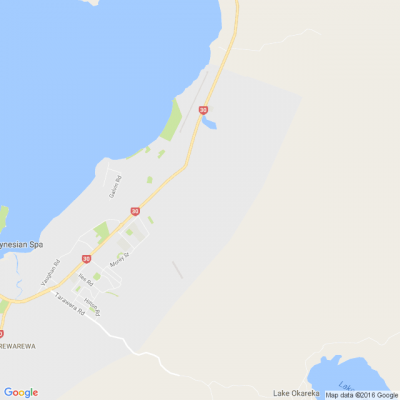
Know what’s happening
Access the private noticeboard for verified neighbours near you. Keep informed about any suspicious activity, send urgent updates to your neighbours when required and discuss emergency planning.
Get to know your neighbours
Browse the directory and start getting to know your neighbours. Don’t want to post to the whole neighbourhood? Send a private message.
Buy, sell and give away
Want to declutter your garage? Buy some used household items? Give away some garden stuff? Become a verified neighbour to browse and post items for sale. Trading is simple when everyone lives nearby.

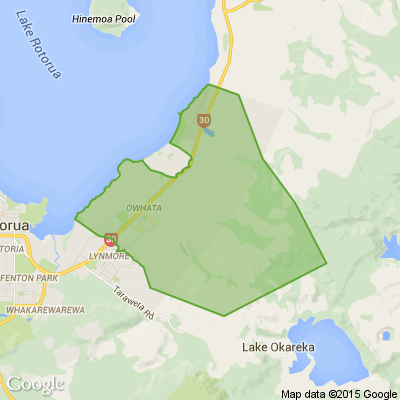
Bring out the best in the concrete you already have #resenetip
Rejuvenate or refresh the colour of concrete inside or out with Resene ConcreteWash, a wash of sheer colour that can help to warm up the look of concrete without the need to replace it.

Thank you for using Neighbourly
You may receive an email confirmation for any offer you selected. The associated companies will contact you directly to activate your requests.
The Team from
Do you visit the New Zealand Red Cross website?
We would love your feedback. Simply hit the button below to access the the survey.
It only takes 5 minutes and will help us improve our website and how you find information about us.
Everyone who does the survey can go in the draw to win one of ten… View moreDo you visit the New Zealand Red Cross website?
We would love your feedback. Simply hit the button below to access the the survey.
It only takes 5 minutes and will help us improve our website and how you find information about us.
Everyone who does the survey can go in the draw to win one of ten Red Cross drink bottles!

The Team from Resene ColorShop Rotorua
Impress your guests and protect surfaces with these unique wooden coasters using your favourite Resene testpot colours.
Find out how to create your own.
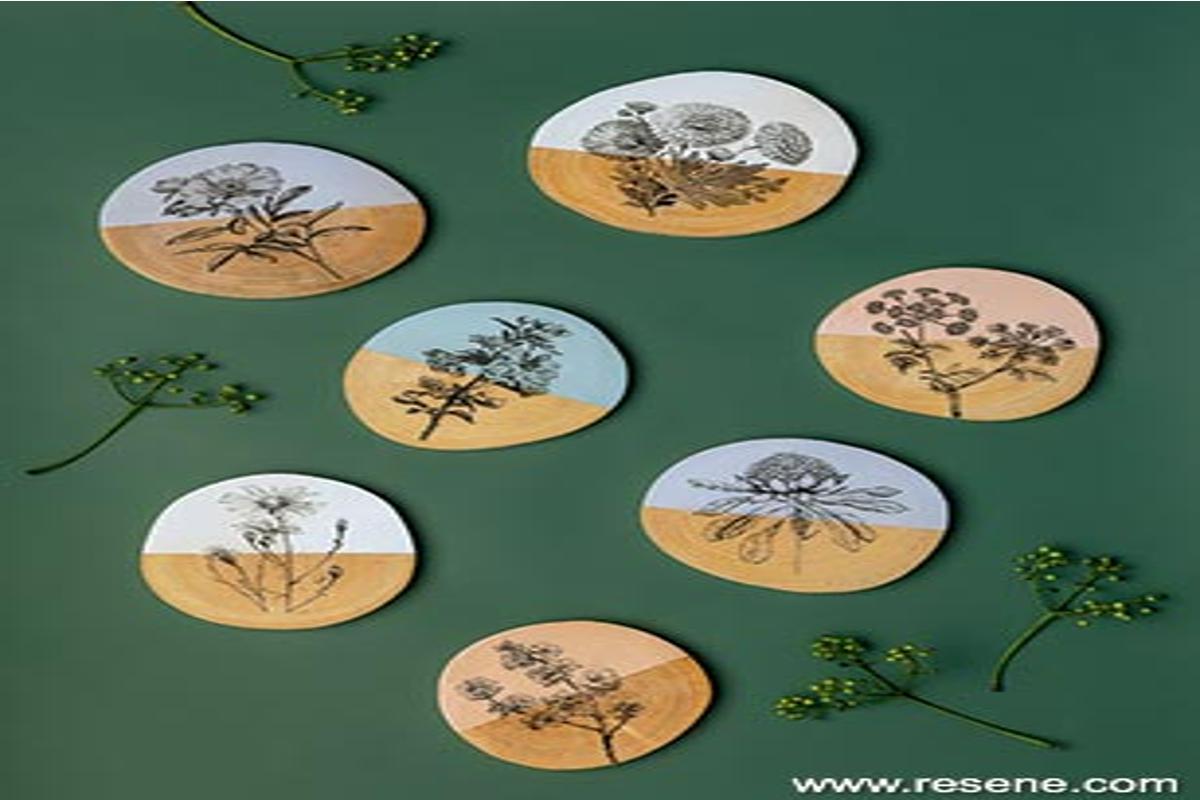
Now's a great time to get your painting, staining and wallpapering jobs underway.
Get 30% off Resene premium paints, wood stains, primers and sealers 4L and under including Resene testpots, 30% off our huge range of wallpaper, 25% off Resene premium paints, wood stains, primers and … View moreNow's a great time to get your painting, staining and wallpapering jobs underway.
Get 30% off Resene premium paints, wood stains, primers and sealers 4L and under including Resene testpots, 30% off our huge range of wallpaper, 25% off Resene premium paints, wood stains, primers and sealers, 25% off decorating accessories and 25% off Resene cleaning products!
Discounts off the normal retail price at your local Resene owned ColorShop and participating reseller until 31 October 2021. Paint offers are also available at Mitre 10 MEGA and selected Mitre 10 and Hammer Hardware stores. Excludes WallPrint, decals, Crown, trade and industrial products, PaintWise levy and account sales.
Visit your local Resene ColorShop or reseller and enjoy these great savings.
Find out more

Heritage Lifecare from Cantabria Lifecare & Village
From home cooked meals, to engaging activities, we strive to make each day the best it can be. Find your Heritage Lifecare and you’ll find ‘A Better Everyday’. Learn more at: www.heritagelifecare.co.nz...
www.youtube.com...
Robert Anderson from Curtain Clean Rotorua
Curtains are essential for a warm, healthy home. Here's what to know as a renter to get the most out of your curtains.
Whether a green paisley swirl or a modern muted linen, curtains are essential for a healthy home. More important than the material is the way they’re installed.
When … View moreCurtains are essential for a warm, healthy home. Here's what to know as a renter to get the most out of your curtains.
Whether a green paisley swirl or a modern muted linen, curtains are essential for a healthy home. More important than the material is the way they’re installed.
When warm air hits cold glass, two things happen: the warm air escapes and the newly cooled air forms condensation on the window pane.
The best way of dealing with this is by keeping warm air away from the window with curtains and blinds, which creates a pocket of air between the window and the window covering.
Getting the most out of curtains:
• Ideally, they should touch the floor and the track and curtain should be wider than the window frame. The most important part is to cover the whole window and create a seal against the cold air.
• They should fit tightly against the wall or window frame. Sometimes changing the type of track they’re hung on can close a gap between the window and the curtain. For example, rods and rails are often installed a few centimetres out from the window, which means there can be big gaps and no seal created.
• Pelmets can help to decrease heat loss, but won’t stop it completely.
• Curtains with two layers can increase heat retention, but how they’re fitted is most important.
• Net curtains, installed very close to the window and in contact with the window frame, can be effective.
• Blinds need to be installed snugly inside the window frame to be effective. If they sit out from the window, or if there are gaps between the blind and the frame, they’re not going to keep the heat in.
• Remember to open curtains every morning to make the most of the sun’s heat, and close them at sundown to keep that heat in.
Keep reading: www.curtainclean.co.nz...

Heritage Lifecare from Cantabria Lifecare & Village
We're currently looking for Nurses, past and present, who would like to become part of our 'Heritage Family', working with us in our friendly Care Homes with a focus on bringing joy, compassion and excellent care to our residents.
Learn more at: www.heritagelifecare.co.nz...

If an emergency happens, you know they’re here to help.
If your property catches fire or you’re in a car crash, it is the volunteers and career firefighters of Fire and Emergency New Zealand who come running to help.
As soon as that siren goes, they drop what they’re doing and put your … View moreIf an emergency happens, you know they’re here to help.
If your property catches fire or you’re in a car crash, it is the volunteers and career firefighters of Fire and Emergency New Zealand who come running to help.
As soon as that siren goes, they drop what they’re doing and put your safety first.
Behind our tremendous volunteers are another group of community heroes, who get less attention but are vital to Fire and Emergency.
It’s the employers and co-workers who support our volunteers at work, knowing that at any moment they may need to leave and respond to a crisis.
Did you know Fire and Emergency give recognition to the local businesses who support this important work with the Proud Employer mark?
Look out for this mark on businesses in your community or find out which of your local businesses are Proud Employers of Fire and Emergency volunteers here.
And you can show your support for our hardworking fire crews by making a comment on this post – why not share a tribute you would like to make to our firefighters.
Pictured here are four of the 12,000 volunteers who work across the country. Left to right: Marshall (Marsh) Anderson, Jarrad West, Iain Powell, and Marsh’s brother Ti Anderson. All work at Fonterra and volunteer for the local fire brigade.

The Team from Digital Boost
All set up tech-wise but not sure how to make the most of it? Head to Digital Boost to learn how digital technology can help get your business on the map Find out more

We have released the first edition of our newly revamped Seniors newsletter, which you can read here: officeforseniors.govt.nz...
In this issue we catch up with a veteran fencer, delve into all things insurance and discuss a bit about our Digital Literacy programme, plus more.
Robert Anderson from Curtain Clean Rotorua
• The average lifetime of a piece of clothing is approximately 3 years.
• Flax is the earliest known natural textile fabric seen used in about 5000 BC. Flax is the material used to make linen which is seeing a huge come back today in drapery and upholstery.
• Nike (with subsidiary Converse)… View more• The average lifetime of a piece of clothing is approximately 3 years.
• Flax is the earliest known natural textile fabric seen used in about 5000 BC. Flax is the material used to make linen which is seeing a huge come back today in drapery and upholstery.
• Nike (with subsidiary Converse) is the largest fashion company in the world, with a market value of $105 billion.
• There is evidence that cotton and wool were used to create natural fabrics in about 3000 BC and evidence of silk use in 2500 BC in China.
• China is the largest maker and exporter of silk in the world and has been for 100’s of years.
• The average person buys 60 percent more items of clothing every year and keeps them for about half as long as 15 years ago, generating a huge amount of waste.
• The earliest evidence of fabric textiles has been found in Turkey, Egypt, and Israel.
• The creation of man-made fibres has only been within the last 100 years. Rayon was the first man-made fibre created in 1910 and it was called ‘artificial silk’. Viscose is the most common form of Rayon.
• More than 70 percent of the world's population uses second-hand clothing. About 50 percent of collected shoes and clothing is used as second-hand products. Meanwhile, 20 percent is used to produce polishing and cleaning cloths for various industrial purposes, and 26 percent is recycled for applications such as fibre for insulation products, upholstery, fibreboard, and mattresses.
• Microfibre or Ultrasuede was invented over 20 years ago in Japan. Microfibre is the thinnest of all man-made fibres, even finer than silk. it is 100 times finer than a human hair.
• Acrylic is a man-made fibre that has a soft, wool-like hand, is machine washable and has excellent colour retention. It is often an additive to textiles to take advantage of these properties.
• Nearly 100 percent of textiles and clothing are recyclable.
• Nylon is also man-made and was first produced in 1938. It has high strength, excellent resilience, and superior abrasion resistance. Nylon replaced silk stockings for women in the early part of the 20th century.
• The highest quality cotton comes from Egypt.
• Textiles and shoes make up 12% of landfill sites.
• Bamboo is a grass that has been used to create a fabric that hangs much like a heavy linen. It has natural wicking ability that pulls moisture away from the skin so it can be useful in reducing moisture related odour. It also has natural anti-bacterial qualities. Bamboo grows quickly and does not need pesticides to thrive, making it one of the more sustainable textile sources.
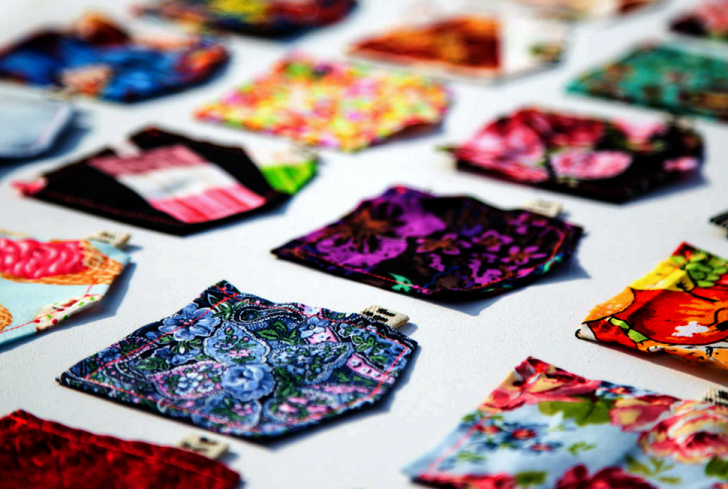
EVES know how to make your property shine. Our marketing expertise and fresh approach to getting your property seen and noticed creates excellent results.
But more than that, we do our utmost to make listing your property with EVES an enjoyable experience with great communication and … View moreEVES know how to make your property shine. Our marketing expertise and fresh approach to getting your property seen and noticed creates excellent results.
But more than that, we do our utmost to make listing your property with EVES an enjoyable experience with great communication and exceptional support.
Find out more

The Team from Graeme Dingle Foundation Rotorua
It's Fijian Language Week for 2021 Macawa ni Vosa Vakaviti. This year’s theme is Noqu Vosa, Ai Vakadei ni Noqu Tiko Vinaka, which means my language provides stability to my wellbeing.
Due to COVID-19 Alert Levels Macawa ni Vosa Vakaviti – Fijian Language Week will be celebrated online. … View moreIt's Fijian Language Week for 2021 Macawa ni Vosa Vakaviti. This year’s theme is Noqu Vosa, Ai Vakadei ni Noqu Tiko Vinaka, which means my language provides stability to my wellbeing.
Due to COVID-19 Alert Levels Macawa ni Vosa Vakaviti – Fijian Language Week will be celebrated online. You can get involved by heading to their Facebook page NZ Fijian Language Week.

Patrick from Owhata
this email scam has been around for a while but there are people out there that hasn't seen this and may easily fall fall for it as it is one of the better looking ones out there -
clues to it being a scam are the email there from and the fact it doesn't have your car license -plate and … View morethis email scam has been around for a while but there are people out there that hasn't seen this and may easily fall fall for it as it is one of the better looking ones out there -
clues to it being a scam are the email there from and the fact it doesn't have your car license -plate and is not directly addressed to you . (NZTA i believe do not send out emails like this at all but if you didn't know it it would easily trick you into clicking . if in doubt never click a link in the email.

Print specialist Tracy Reynolds had been working at NZ Post as a print operator for 13 years before she decided to embark on studying towards an NZ Diploma of Print Industry Management Level 5, a qualification she has now completed.
“I’m not the normal age student!” she laughs. “I knew … View morePrint specialist Tracy Reynolds had been working at NZ Post as a print operator for 13 years before she decided to embark on studying towards an NZ Diploma of Print Industry Management Level 5, a qualification she has now completed.
“I’m not the normal age student!” she laughs. “I knew it would be a lot of work, but I was assured that I would have plenty of support from the NZ Post team and I did feel I needed a challenge at the time. Given the current climate right now with COVID-19, I knew the qualification would be an advantage if I was to take another path within NZ Post.”
Tracy has just been named as the Diploma of Print Management Student of the Year at the recent national Pride in Print awards, an honour she says was “absolutely blown away” to receive.
Upskilling is for everyone - you don't need to be new to your industry to gain a qualification and advance in your career!
Tracy is a perfect example of this.

Hi Neighbour,
How does a new set of digital tech products sound?
Digital Boost is giving you the chance to win a $4,000 prize pack with loads of new goodies to make your office look really flash!
Running a small business means you need the right digital tools to work efficiently and … View moreHi Neighbour,
How does a new set of digital tech products sound?
Digital Boost is giving you the chance to win a $4,000 prize pack with loads of new goodies to make your office look really flash!
Running a small business means you need the right digital tools to work efficiently and productively, so make sure you enter our draw to be in with a chance to win an amazing prize pack of brand new tech goodies.
Our latest prize package includes a 13in Apple Macbook Pro, a 24in Samsung Curved monitor, an ergonomic stand-up desk, and a free Xero subscription for one year (T&Cs apply).
All you have to do for a chance to win is simply sign up at Digital Boost and start learning to go into the draw.
If you’ve got a mate, colleague or whānau member who could do with some new gear, let them know too and you'll be in with even more chances to win. Enter today!
The team at Digital Boost

 Loading…
Loading…
Are you sure? Deleting this message permanently removes it from the Neighbourly website.
 Loading…
Loading…

 Buyer Enquiry Over $680,000
Buyer Enquiry Over $680,000


 Marketed by Anny Nicholson
Marketed by Anny Nicholson
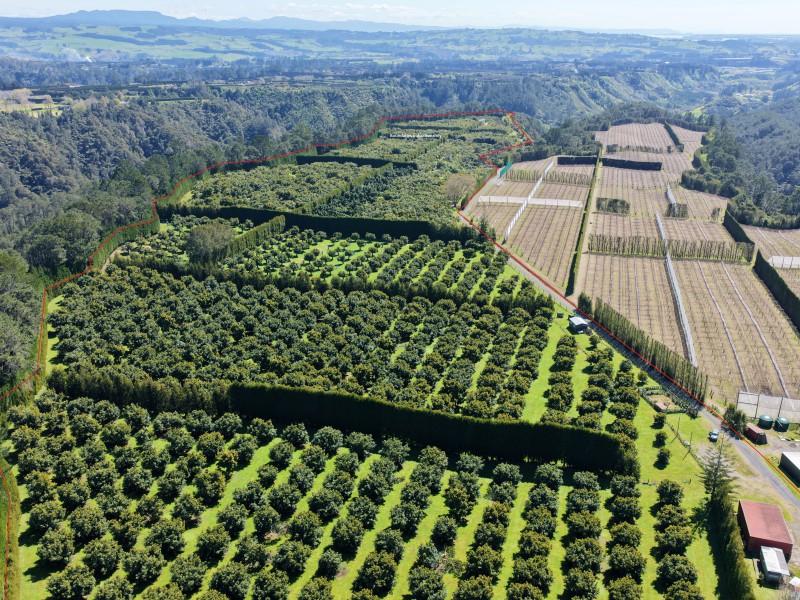
 Tender
Tender



 Marketed by Brett Ashworth
Marketed by Brett Ashworth

 $1,750,000 + GST (if any)
$1,750,000 + GST (if any)



 Marketed by Lindy Nelson Parker
Marketed by Lindy Nelson Parker
© Neighbourly 2025
